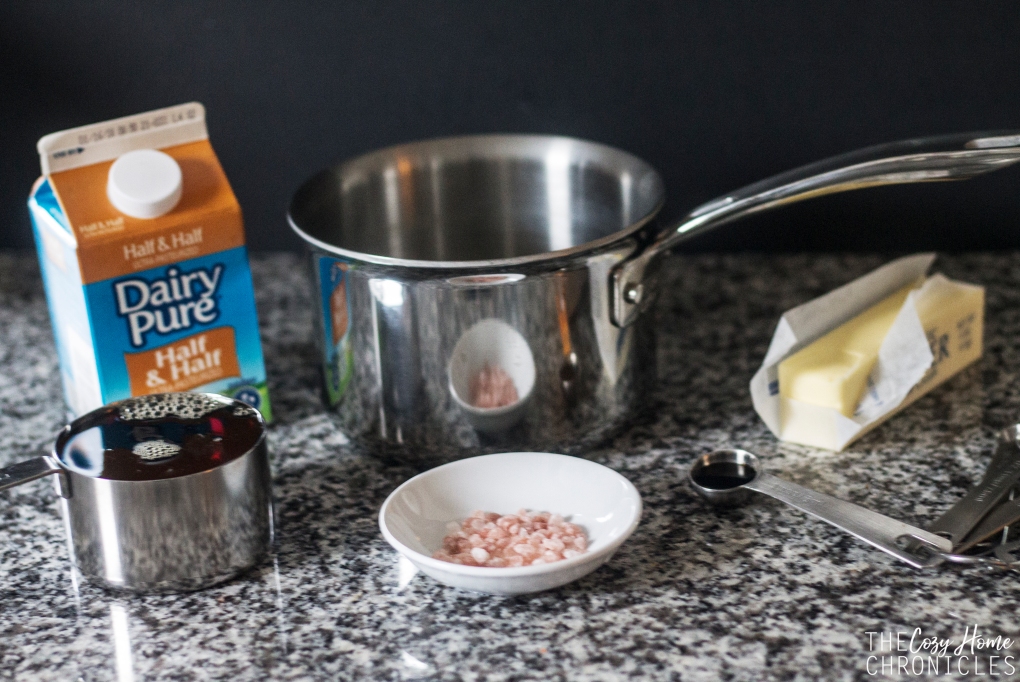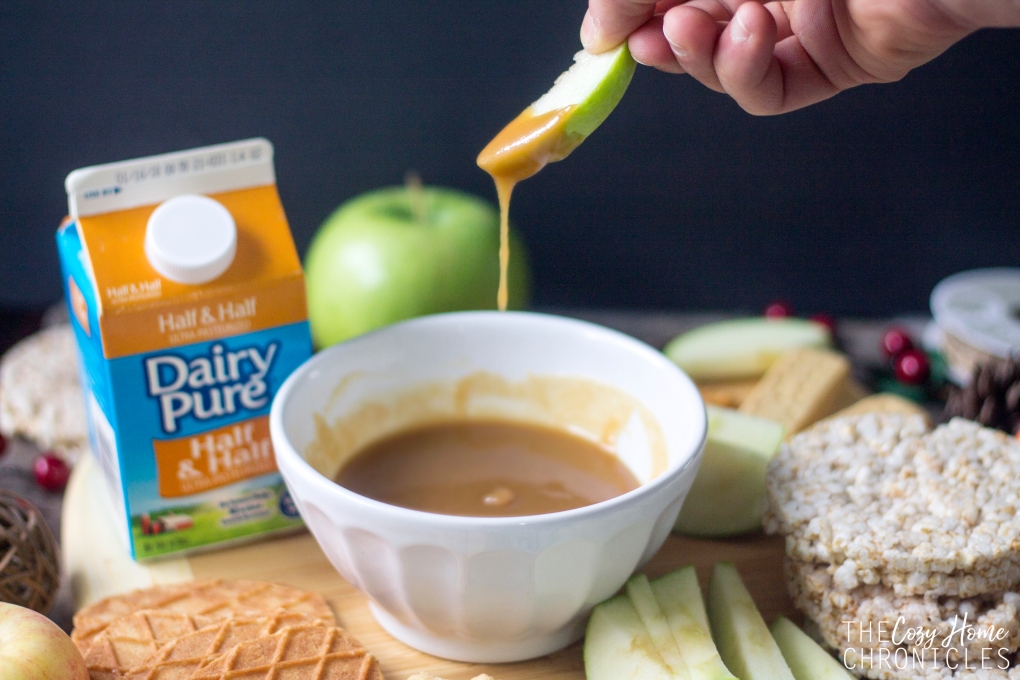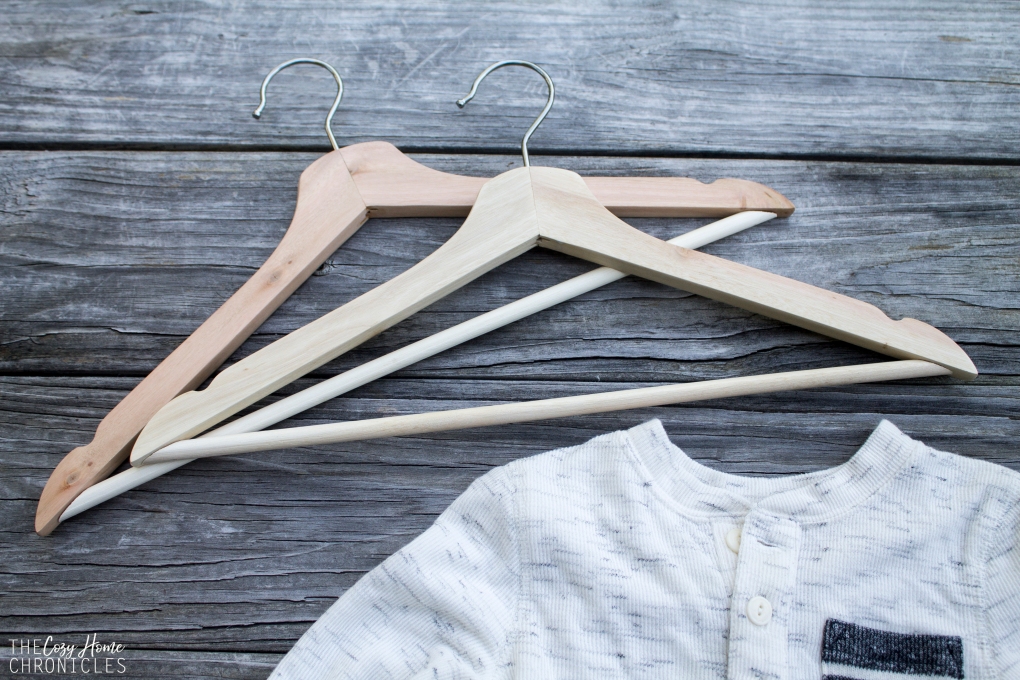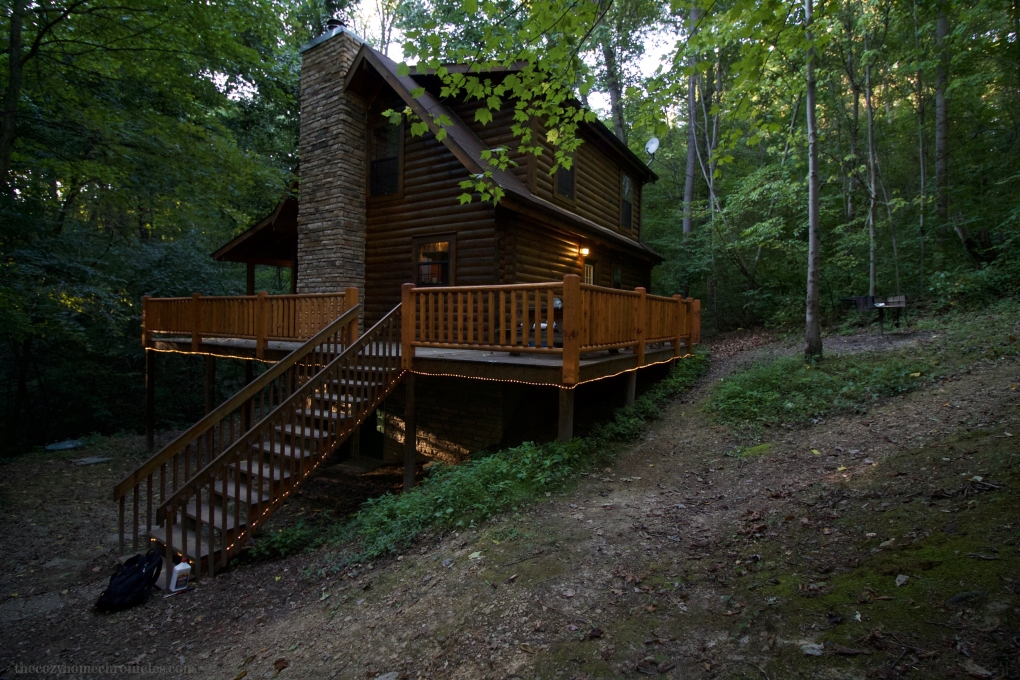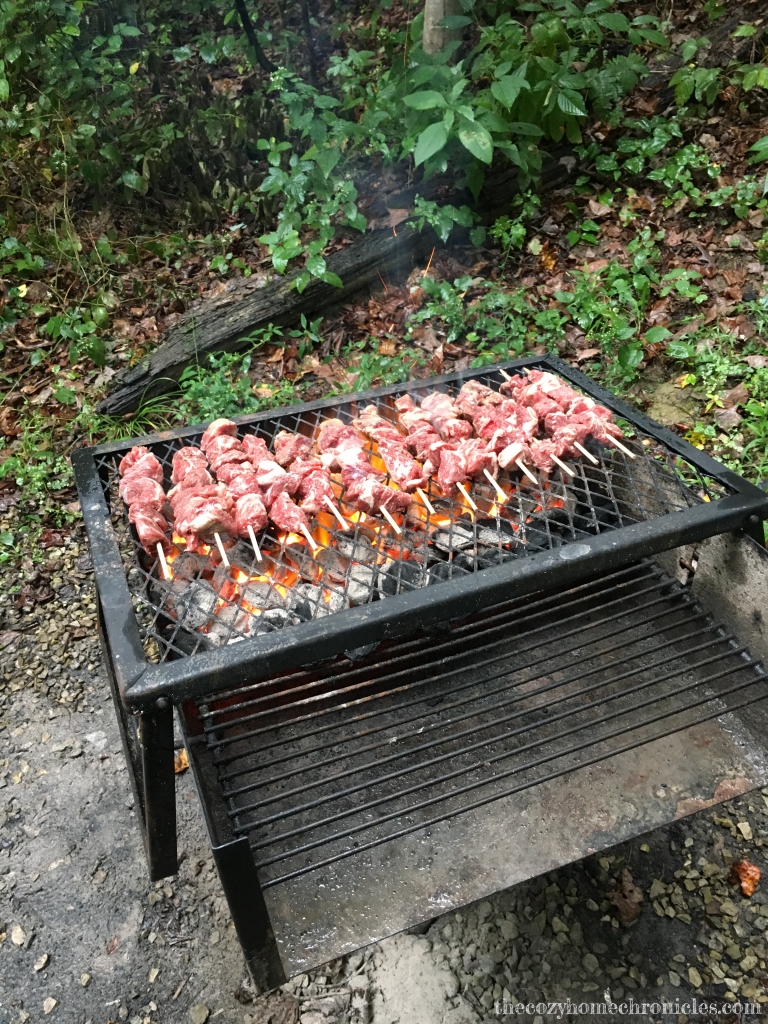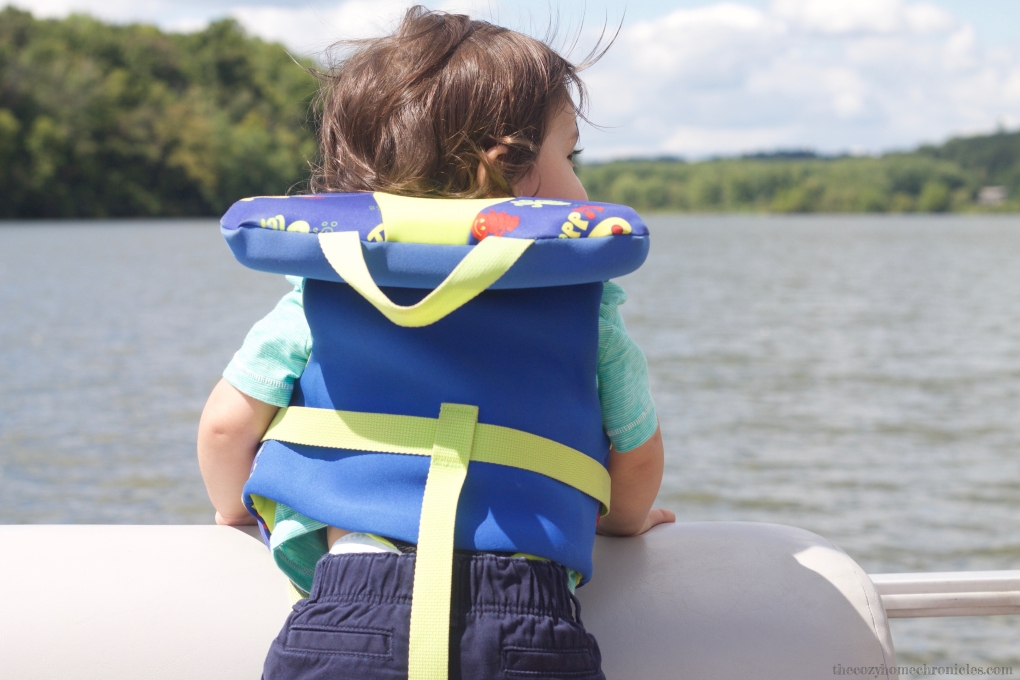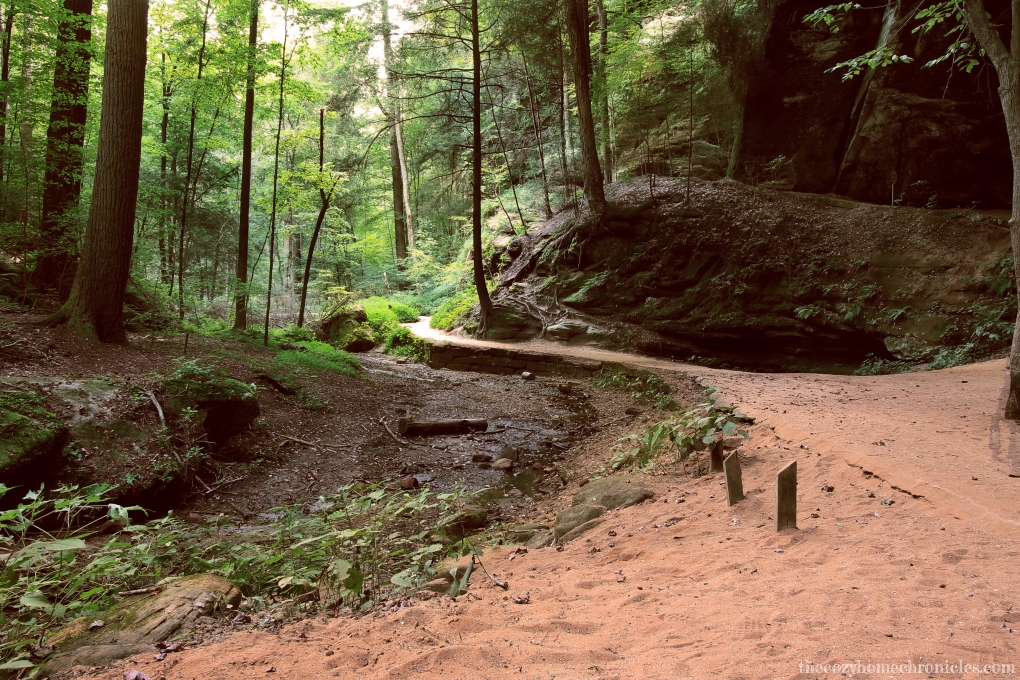Hello friends. It’s me again, here with your second dose of family finance for the new year. In the first post, I covered the very basics of budgeting and how to go about calculating a realistic budget based on your expenses. In the next few posts, I will be discussing how we save money shopping by using subscription services like Amazon Prime and Costco’s Executive Membership. Today’s post will be specifically about Amazon Prime, a service that we have used for years and are well acquainted with. I am aware that there are pros and cons to each service that we recommend and I will try my best to address these today and in the upcoming posts.

What is Amazon Prime in a nutshell?
Amazon Prime is an online shopping subscription service for $99/year that gives you access to 2-day delivery guarantee on Prime items. On top of the free 2-day delivery (nothing is free, I am sure the accountants have it all calculated in your prime pricing) it also gives you access to Amazon Photo, Amazon Video, Twitch and other Amazon owned subsidiary services. What Amazon does is that it spares you (both time and money) from having to hop in your car and drive to a number of different stores to purchase the goods that you need; everything from clothing to food to office supplies to home tools and appliances. You name it and it’s most likely on Amazon.

Although we don’t have Amazon Fresh where we live in Michigan, I am hopeful that with their acquisition of Whole Foods it will soon become a reality. Amazon Fresh is a service that has a contractor buy groceries per your request and deliver it straight to your door in a matter of hours. Yes, we are moving towards the future we saw in WALL-E (if you haven’t seen WALL-E, do me a favor and watch it. It’s one of Pixar’s masterpieces). My wife is adamant that even with Amazon Fresh she will still prefer going to the local grocer or farmer’s market, I guess we will just have to see about that. Until we get Amazon Fresh, we are currently making the most of the Subscribe & Save feature of our membership.
Subscribe & Save
As homeowners and parents, we take advantage of Amazon’s Subscribe and Save feature to receive items that we use regularly at home on a monthly basis at a discounted rate. The way it works is that there are items on Amazon you can subscribe to (these could be anything from cleaning products to personal care products to snacks). If you subscribe to less than 5 items you get 5% off the price of those items at checkout and if you subscribe to 5 or more items, you get 15-20% off those items.
 Although you only get one subscription box a month, you have the option of changing the delivery date and the contents of your box to fit your needs. On top of the discounts received, you can get an additional 5% off in the form of Amazon points to use towards future purchases if you pay with an Amazon Prime Rewards Visa Card. Below is an example of what our Subscribe & Save looks like. Notice how on the left there are 5 bars highlighted in orange. This means that since we have 5 or more items in our subscription box, we are eligible for the extra 15-20% off.
Although you only get one subscription box a month, you have the option of changing the delivery date and the contents of your box to fit your needs. On top of the discounts received, you can get an additional 5% off in the form of Amazon points to use towards future purchases if you pay with an Amazon Prime Rewards Visa Card. Below is an example of what our Subscribe & Save looks like. Notice how on the left there are 5 bars highlighted in orange. This means that since we have 5 or more items in our subscription box, we are eligible for the extra 15-20% off.
 Sample list:
Sample list:
Tom’s of Maine Toothpaste
Mrs. Meyers Hand Soap
ECOS Natural Dishwashing Liquid
Peter Rabbit Organics Puree
Larabar Fruit and Nut Bar

Amazon Prime Video
We don’t have cable because we don’t watch TV that often and we also HATE commercials with a passion. Amazon Video is a wonderful feature of our Amazon Prime membership (think like Netflix) with an extensive library that includes plenty of educational and family-friendly content for our Friday movie nights. If you decide on a Prime membership, Prime Video is automatically included but you can also sign up for Prime Video as a standalone service.
 Amazon Prime Pantry
Amazon Prime Pantry
The introduction of Prime Pantry allowed Amazon to expand its selection and offer thousands of items to Prime members that are cost prohibitive to ship for free individually. Since the items are smaller, individually shipping them isn’t an option, but if you fill a box worth of all your needs you can save substantially and also get Prime Pantry credit to use towards future Prime Pantry purchases. We don’t currently use this feature as we do most of our shopping at local grocery stores and Costco but it’s definitely something we are exploring because the pricing is competitive, it’s a real time saver once set up, and we can save an extra 5% by using our Amazon Prime Rewards credit card.

Now you have an idea of what Amazon Prime is and how it works but the real question is: is it really worth it? What I have discussed up until this point, is just the surface of Amazon’s services. I haven’t even mentioned perks like your choice of a free kindle book every month or access to ad-free listening via Amazon Music or unlimited media storage through Amazon Photo. If I truly wanted to dissect each feature, this would turn into a VERY lengthy post so for the purposes of sticking to the topic, I will next address how a Prime membership can be an asset to managing your family’s finances and keeping to a budget.
Amazon Prime Memberships
In terms of types of Amazon Prime memberships, there are three different options: 1) Standard, 2) Family, and 3) Student. Below I’ve listed the three memberships along with links to their 30-day Free Trial if you’re interested in giving them a try. We currently have a standard membership but we suggest that if you’re a parent and you don’t cloth diaper that you sign up with Amazon Family as they offer discounts on many baby-related products including up to 20% off on disposable diapers.
- Standard: Try Amazon Prime 30-Day Free Trial
- Family: Try Amazon Family 30-Day Free Trial
- Student: Try Amazon Prime 50% Off For Students
If you want to experience Amazon before diving into a membership or free trial and you’re either getting married or having a baby, I highly recommend you do your gift registry through Amazon. You get all the benefits of their customer service, everything delivered to your home, and on top of it you get a coupon to purchase any remaining items off your list. If you have your baby registry with Amazon and you are a Prime member, however, you get additional perks including a $35 welcome box.

Why Amazon?
Okay, so Amazon Prime is awesome. It saves you money by saving you time with its 2-day shipping, competitive pricing, and diverse selection of products. But you’re probably asking how does this translate in terms of numbers? To illustrate how the membership pays for itself, I’m going to share a few ways we save big using Amazon Prime.
Gifts.
Between holidays, birthdays, and just because, we do most of our gift shopping via Amazon Prime. I’m talking 50 gifts a year, at least (yeah, we are blessed with family and friends). If we were to pay 2-day shipping for even just 10 of those gifts, we would easily spend the $100 that our membership costs. Assuming shipping is around $10 (depending on box size and location this can vary from $7-$20+) on average (I just sent a small box to a city 30 minutes away and it was $8 for standard shipping), we save at least $400 a year not paying for shipping when we gift.
School books.
If you’re a student like us, you know that the cost of books can add up FAST. Not only are Amazon’s book prices consistently low compared to other retailers but on shipping alone, we definitely save big with a Prime membership. Since we first started using Amazon we’ve had over 100 book orders, and while it would take entirely too much time to calculate how much we saved going with Amazon as opposed to our university’s Barnes and Nobles, we definitely saved at least $500 on just shipping alone. On top of that we were able to sell our books back via Amazon Marketplace for much more than we would have received from our university bookstore. The bottom line is if you’re a student then you should seriously consider getting Amazon Prime (the membership is only $50/year for students).
Household.
From dishwasher detergent to a router, we have saved a great deal over the years going with Amazon for our household needs. We have purchased a rug for the nursery, a projector for our home theater system, and even our bikes from Amazon. For all of these items we were able to do extensive comparisons of pricing, customer reviews, and warranties to ensure that we were getting the most bang for our buck. Just to give you an idea, one of the rugs we ordered was $100 more at places like Walmart and Home Depot and the projector we purchased was $200 more at Best Buy.
Baby.
Amazon has a diverse selection of products that we would not have had access to if we went to our local baby stores, especially with our choice to cloth diaper. We were able to get a variety of quality cloth diapers for a fraction of the cost ($26 for 6 as opposed to $15-20 each) as well as significant discounts on products such as strollers, baby proofing essentials and bilingual toys and books.

Is Amazon Prime guaranteed to save you money and lower your bills? Not necessarily but it certainly can if you play your cards right. I like to think of Amazon as a tool or technology that can be used either for good or bad. Amazon Prime often gets a bad rap as an enabler of mismanagement because of its effortless accessibility and it’s not hard to see why. I do think, however, that if you have a busy lifestyle and if you spend regularly on some of the things I listed then you can definitely use Amazon Prime to your advantage when budgeting and saving money. If you took the steps I suggested in the first post to create a budget, the best way to know if Amazon is right for you is to do some research on your expenses and determine whether you can cut costs with a Prime membership. In the next post we will introduce the other players that compete with Amazon and why we use a combination of services instead of solely using Amazon Prime.
If you found this post helpful, we would appreciate it if you like and share it. If you are an Amazon Prime member and have something to add to the conversation or you’re considering Prime and have more specific questions about their services and pricing, feel free to comment/ask below. We always love hearing from our readers 🙂 And as always… 




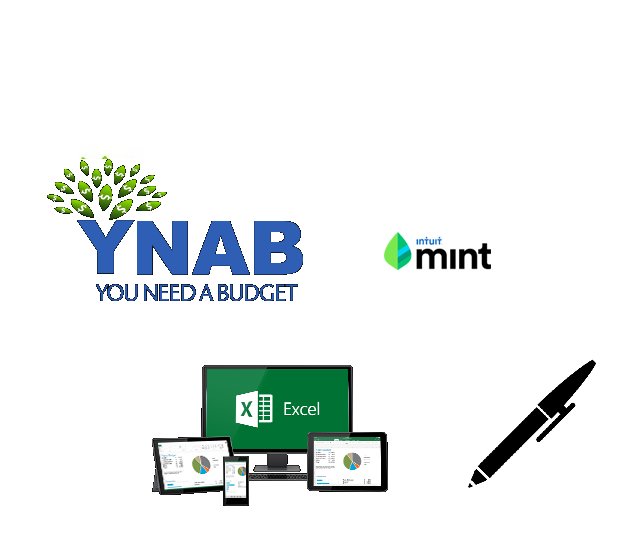

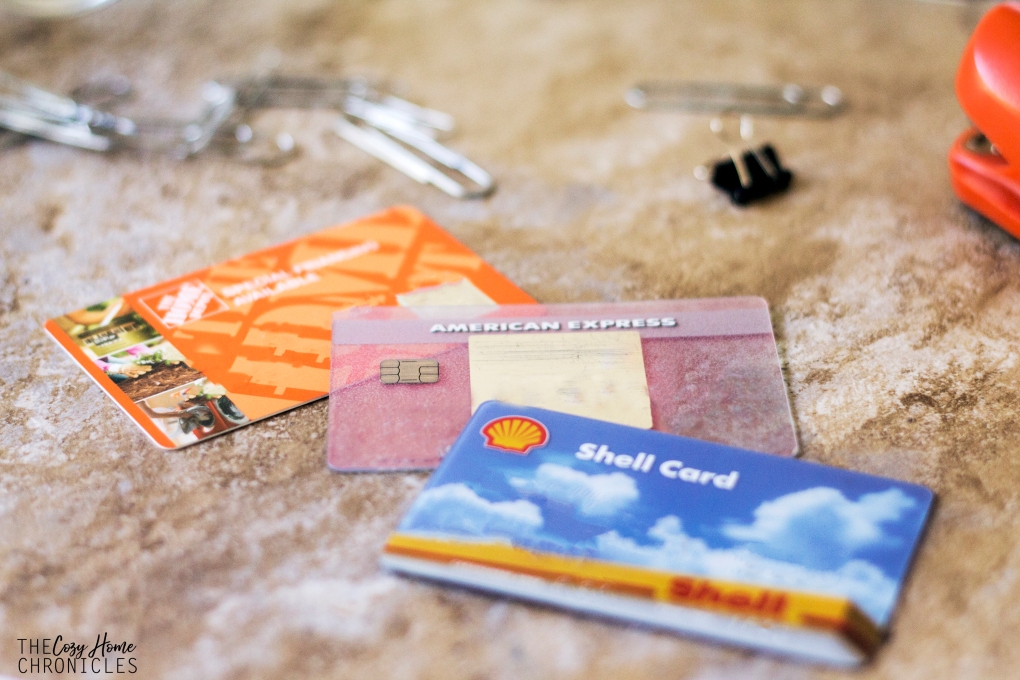

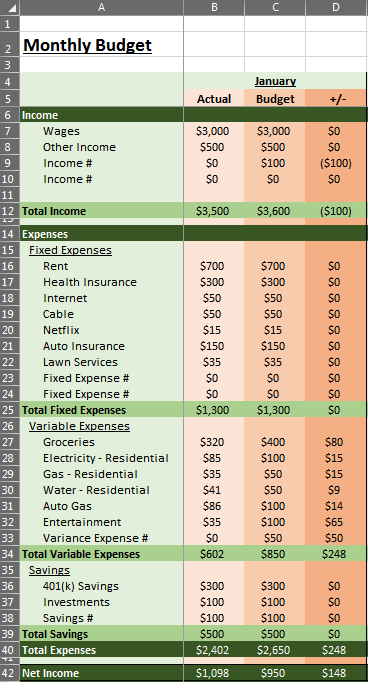



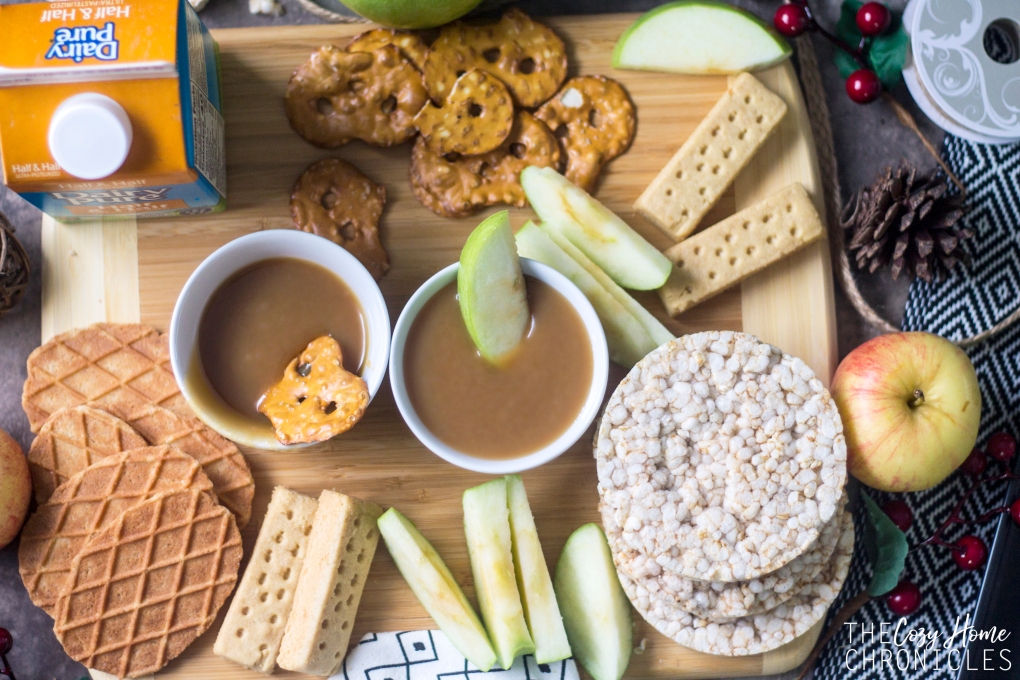 Everyone knows that food brings people together and while this is true, it doesn’t mean you have to prepare a three-course dinner to have a successful family gathering. A simple snack will more than suffice and that’s exactly what we have for you today. A delicious, naturally sweetened caramel dip that pairs well with your choice of wholesome snacks like apple slices, pretzels, and rice cakes. The best part about this caramel dip, is that it’s easy to make in a pinch. With just 5 ingredients and in under 20 minutes, you will have a decadent dip that would satisfy any sweet & salty tooth. And not just any ingredients. This dip is made with ingredients you can feel good about feeding your family; from the
Everyone knows that food brings people together and while this is true, it doesn’t mean you have to prepare a three-course dinner to have a successful family gathering. A simple snack will more than suffice and that’s exactly what we have for you today. A delicious, naturally sweetened caramel dip that pairs well with your choice of wholesome snacks like apple slices, pretzels, and rice cakes. The best part about this caramel dip, is that it’s easy to make in a pinch. With just 5 ingredients and in under 20 minutes, you will have a decadent dip that would satisfy any sweet & salty tooth. And not just any ingredients. This dip is made with ingredients you can feel good about feeding your family; from the 